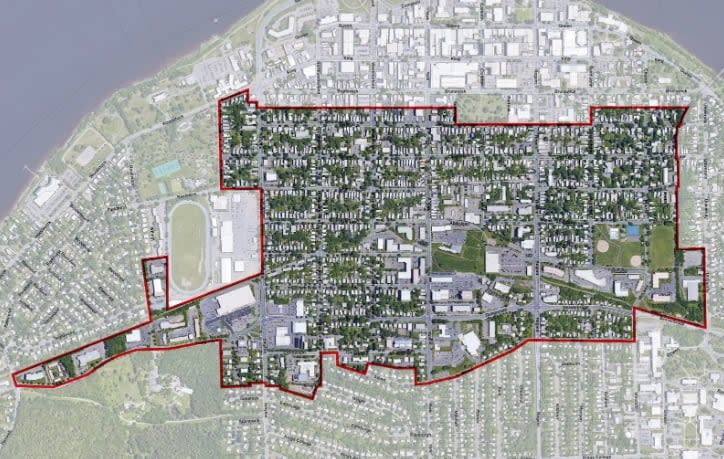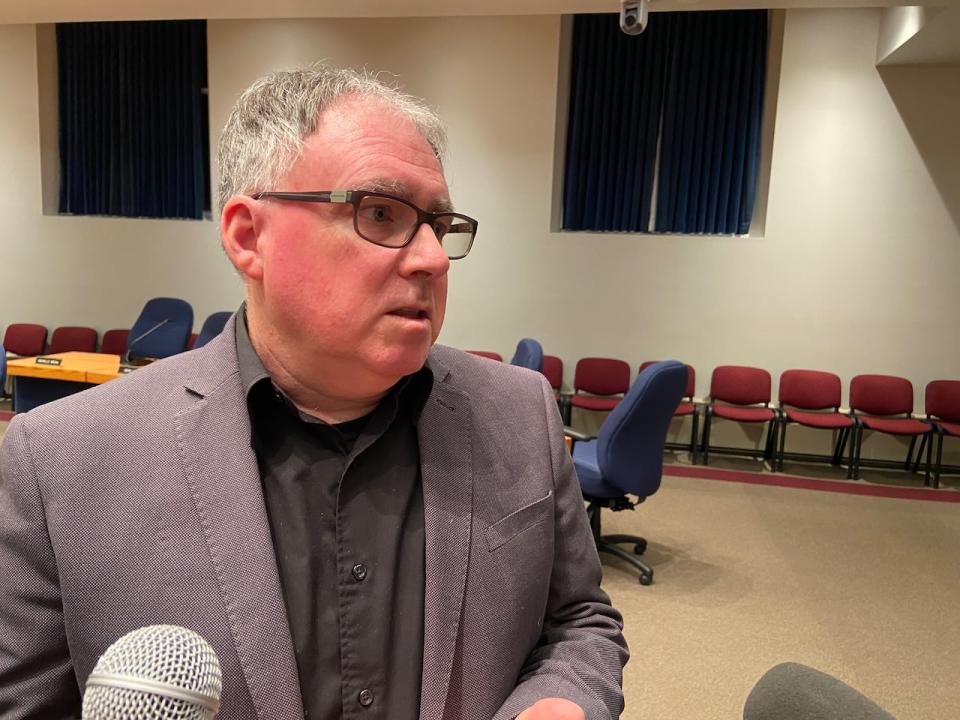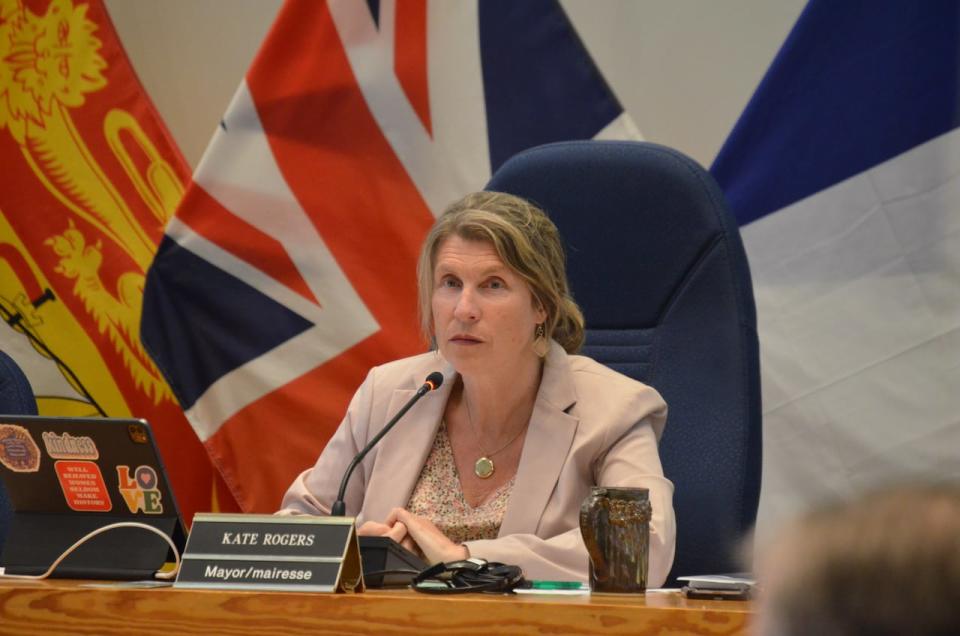Fredericton seeks to balance density, heritage as it drafts new development plan

The City of Fredericton is setting out to create a new plan to guide how a large chunk of the south side develops, with an eye toward encouraging more density while protecting the character of centuries-old neighbourhoods.
City staff and consultants are taking some of the first steps toward enacting a new south-core secondary municipal plan to replace the current plan, which has been in place since the late 1990s, Ken Forrest, the city's director of planning, said on Monday.
Forrest said the current plan was drafted when areas around the city's former rail lines became vacant and prime for development.
With those lands now mostly developed, Forrest said an update to the plan is needed to accommodate a city that's running out of undeveloped land and also seeing recent growth of about 2,000 new residents per year.
"First of all, there's affordability issues in the community, so the ability to live in more dense settings makes it more cost effective for people in terms of transportation options, in terms of moving around the city.
"As we get the the square footage of units down and the amount of density per acre of land up, that allows us to bring housing costs down as well. So all of those things are very important in the planning process going forward."

Fredericton planning director Ken Forrest says the new plan will aim to promote more density in the city's residential south-side core neighbourhoods. (Aidan Cox/CBC)
The city's current plan for that area sets out land use and infrastructure design guidelines that shape the way the city develops between the downtown core and the hill, including the Rabbit Town and Queen Square neighbourhoods.
It is one of several secondary municipal plans for a specific part of the city, all of which align generally with the city's primary municipal plan document.
Protecting heritage
While the city is looking for more residential density in the downtown area, Mayor Kate Rogers said she doesn't want that to come at the expense of the character of some of the existing neighbourhoods.
While many homes along and near Waterloo Row are protected under formal heritage designation, many other buildings with historical significance don't have that same distinction.

Fredericton Mayor Kate Rogers says she expects the plan to include incentives that encourage building owners to preserve the character of older neighbourhoods while promoting density. (Aidan Cox/CBC)
Rogers said she thinks there are opportunities for the new plan to create incentives for building owners to alter existing structures to create more housing units, while maintaining some of the character-defining features of the neighbourhoods they're located in.
"As we build up this area, we want to make sure that it is done in a way that honours some of the character that we currently have in this area," Rogers said.
"When you do densification, it does mean that you need more of something, but it doesn't mean that it needs to replace what exists."
In addition to the creation of the new south-core secondary municipal plan, the city is also in the process of adopting new policies that it agreed to as a condition to receiving federal housing funds worth $10 million earlier this year.
One of those policy changes would allow property owners to create fourplexes by right, a move that heritage advocates have said could give developers an incentive to demolish historically significant buildings to make way for new housing developments.
Asked how the city will balance more density with heritage protection, Forrest said the city will be looking at how it can accommodate requests to create more units within a home without making significant changes to it.
Engagement process begins
Forrest said the new municipal plan will be drafted using input from the community.
He said Ontario-based consultants with the Planning Partnership will be helping the city with a series of engagement sessions, including two happening Monday and Tuesday evening at the Boyce Farmers Market.
He said the city is spending about $250,000 on the consulting firm, and then about another $250,000 in city staff resources will be directed toward putting the plan together.
Forrest said more public engagement sessions will be held in June, followed by more sessions in the fall once a draft of the plan has been put together.
From there, the plan will be brought before city council in spring 2025 for formal adoption, he said.


